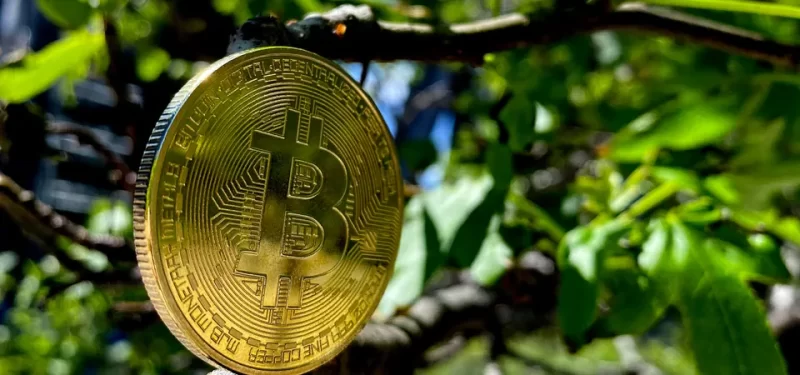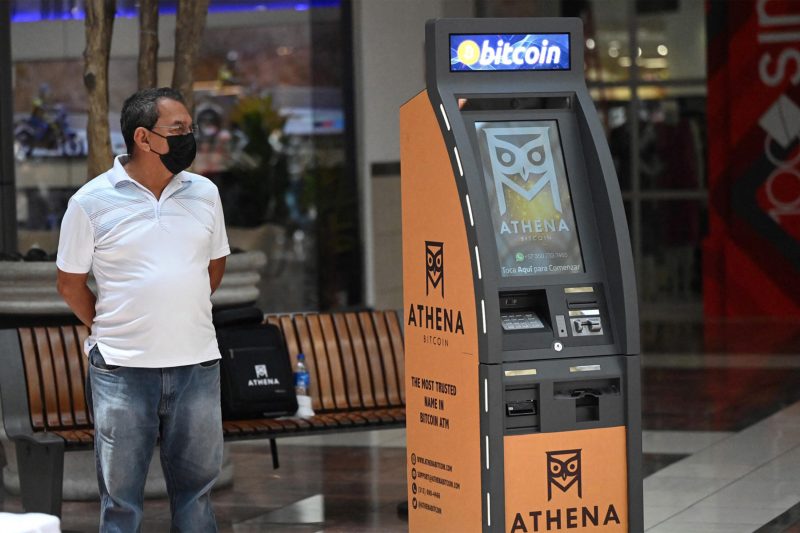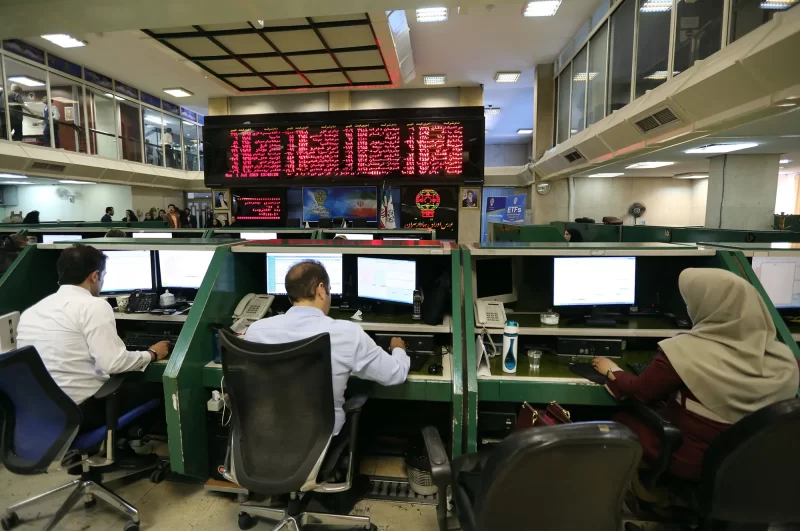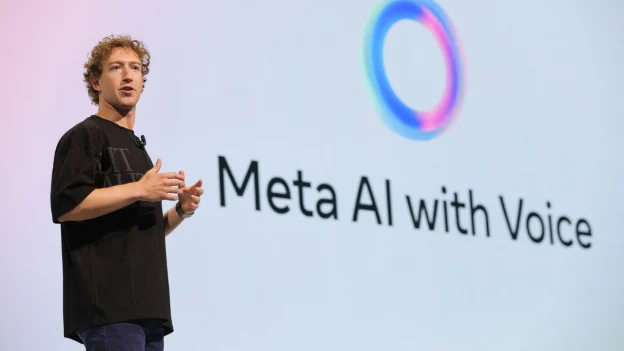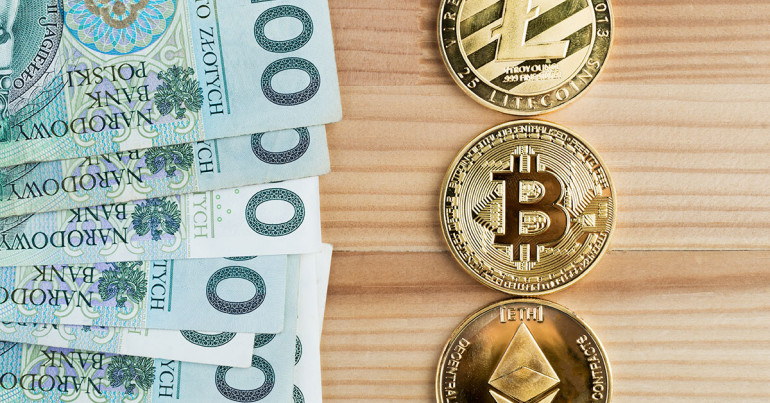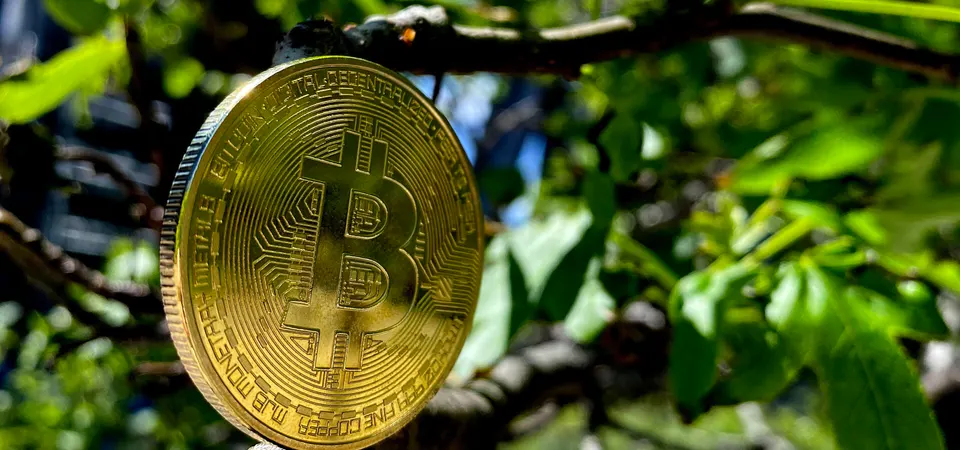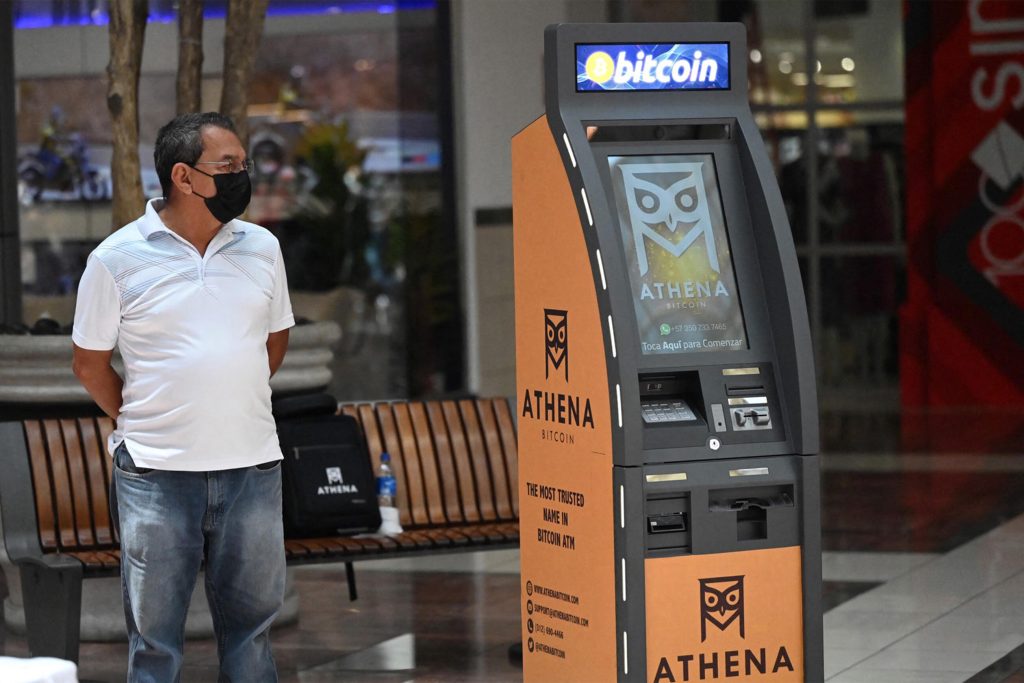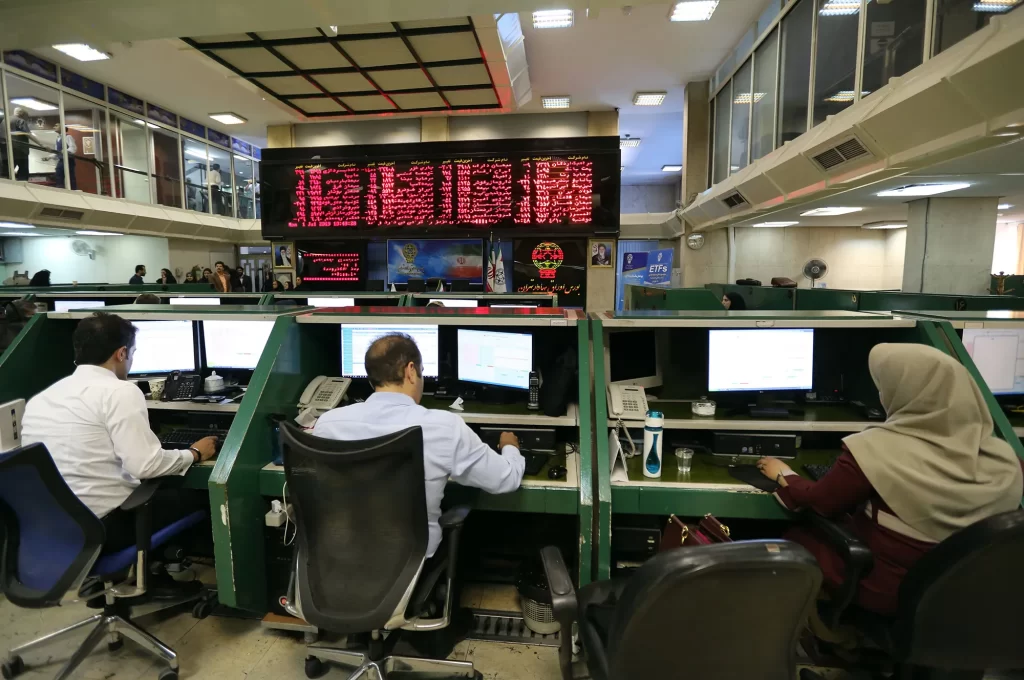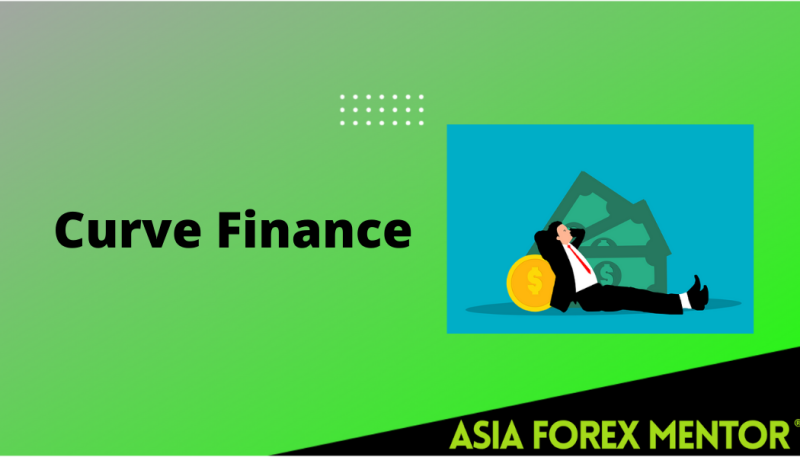
Curve Finance explained
Curve is known as an automated market maker platform that comes with several comparations to Balancer and Uniswap as well. However, it sets itself aside by making accommodations for some liquidity pools that comprise behaving assets similar to wBTC, and tBTC which are wrapped versions or stablecoins.
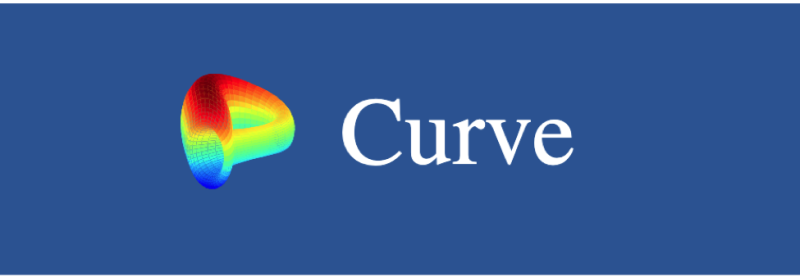
Accommodating liquidity pools helps Curve in using efficient algorithms, entertain only the lowest forms of slippage, temporary loss, and fees of decentralized exchange (DEX) on the Ethereum network. Curve was launched in January 2020 and it offers users the
Also Read: How to Trade Crypto: CFDs
Contents
- Understanding Curve Finance
- How Does It Work?
- How to Use Curve Finance?
- What is an Automated Market Maker?
- How do Automatic Market Makers Work?
- About Stable Liquidity Pools
- Stimulating the Liquidity Providers
- What are CRV Tokens?
- Risks and Constraints of Curve Finance
- Bottom Line
- FAQs
Understanding Curve Finance
Curve Finance can be referred to as an AMM-based decentralized exchange that runs on Ethereum and focuses on exchanging minimal slippage and low fees for stablecoins and similar behaving assets. The importance of curve finance shows when it comes to swapping tokens within the same price range; this is thanks to AMMs working with a price algorithm rather than an order book. Some of these tokens are versions of Bitcoins like sBTC, WBTC, tBTC or renBTC.

The functional pools for substituting among assets and stablecoins within the network are up to 39. Based on market demands and other factors, there is a tentative ground for the pools. Some of these stablecoins are DAI, sUSD, USDT, BUSD, USDC, TUSD. A popular stablecoin pool is 3CRV and it comprises USDC, DAI, and USDT.
Through Yearn Finance, tokens in yield bearing have the support of Curve Finance. yUSD pools consist of yTUSD, yUSDT, yDAI, yUSDC. The gas or swap fees spawned through curve pools and the return from primary tokens in yield-bearing are given to users that participate in the pool. It should be noted that Curve is like Uniswap; on Uniswap users can swap any ERC-20 token (with liquidity) while on Curve users can swap stablecoins on Ethereum.
In the network, liquidity providers get a proportion of exchange fees in some pools. Also, some lending pools include DeFi procedures with an interest of higher rates to these providers but are separate from the original. Through the launching of a Decentralized Autonomous Organization, Curve is moving to decentralized governance. Here, curve tokens of DAO are managed by tokens of CRV.
How Does It Work?
Curve pools works through assets that are costed in accordance with a method fabricated for exchanges within the same range. Supposing 15 USDT is equivalent to 15 USDC, which is also equivalent to 15 BUSD.
Some sort of slippage will occur if you change 10 million dollars in USDT to USDC then back to BUSD. Curve’s formula, on the other hand, tried to reduce slippage even while converting enormous volumes.
Furthermore, liquidity pools assist in ensuring the smallest worth of slippage whilst trading in digital currencies. Curve pools also ensures a less volatile lending protocol in the process of paying a floating-rate on the provided liquidity by concentrating on stablecoins.
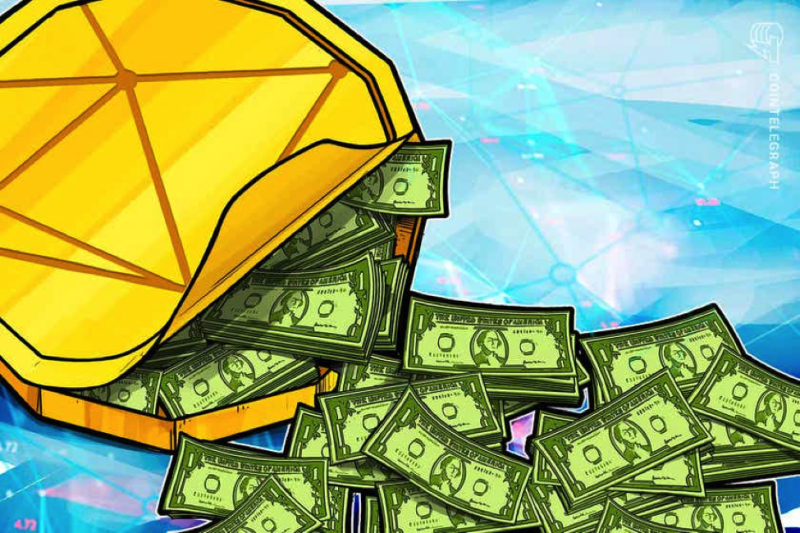
AMM controls the pools and rebalances them after trades are carried out. Let’s imagine you have a pool with TUSD and USDC in it. Curve finance liquidity pool is used by a trader who wishes to trade USDC. Due to the excess USDC in the pool, it becomes uneven.
To even the market, the value of USDC must fall to inspire traders to purchase USDC through TUSD. Investment traders will now use the USDC to purchase TUSD. The liquidity pool stabilizes the USDC/TUSD ratio in this manner. The price reward maintains the balance of the liquidity reserve.
How to Use Curve Finance?
Using curve finance is not easy as it works on the Ethereum network. To fully utilize curve finance, users need to create an Ethereum wallet of web 3.0. An example is MetaMask; create it and connect it to the exchange in use.
What is an Automated Market Maker?
Automated market maker (AMM) is a form of decentralized exchange (DEX) protocol that is dependent on mathematical formulas for pricing securities. Assets are valued based on a pricing algorithm rather than an order book. Instead of having buyers and sellers, this permits digital assets to be traded with the use of liquidity pools.
How do Automatic Market Makers Work?
Consider AMMs to be peer-to-contract (P2C) in a way that no counterparties are required because trades are made between contracts and users. Liquidity pools are real-world pools of money made up of digital tokens locked in smart contracts.
Most users make contributions of tokens to liquidity pools. A formula helps in setting the prices of those tokens in the pool. Optimization of liquidity pools is therefore carried out by modifying the formula.
By supplying tokens to an AMM’s liquidity pool a user or anyone with ERC-20 tokens can become a liquidity provider. The process of providing tokens to the pool helps liquidity providers in earning a fee. In the process of interacting with the liquidity pool, the fee is paid by investment traders.
About Stable Liquidity Pools
As a well-known AMM exchange, curve charges cheap costs to traders and offers liquidity providers a conservative account for fiduciary currency. Curve pools allow shareholders to steer clear of elusive crypto assets while receiving the rate of interest in large sums through loaning protocols by emphasizing stablecoins.
In the same way, because it favors balance by minimizing the act of unpredictability and theorization, this approach is called conservative. The liquidity reserve is always on the lookout for opportunities to purchase in low variants and sell in high variants. Curve liquidity pool protects liquidity providers from impermanent loss.
Liquidity pools in Balancer consist of some coins or tokens, the same goes for Uniswap. Curve pool reduces temporary loss by restricting the number of forces and securities per pool.
When LPs experience a fall below the token value which differs between the token's value in the market due to instability in the liquidity pool, this happens.
Curve pool uses a concept known as DeFi composability to entice liquidity providers. It denotes that users can receive incentives somewhere else within DeFi biodiversity with the money you have vested on Curve's platform.
Bitcoin's tokens, like renBTC and wBTC are part of the curve’s liquidity pool but the USDC and wBTC tokens cannot be mixed in the same reserve as they can’t work hand in hand.
Also Read: What is Dark Pool Trading?
Stimulating the Liquidity Providers
It is known that the Curve pool has trading fees that are relatively lower compared to that of Uniswap. This way you can receive certain rewards away from Curve using interoperable tokens.
Assuming Compound Finance’s platform has DAI charted out and subsequently traded for cDAI, it is a liquidity token. Those who use Curve are able to add cDAI to their liquidity pools, increasing their utility and earning potential.
The ability to use Compound’s cTokens on Curve Finance exemplifies the benefits of composability in the defined DeFi ecosystem. Curve is connected with Synthetix and Yearn, as previously noted, to augment inducement for providers of liquidity.
Due to its huge trading volume and unique AMM, curve is stands out in trades of stable coin. A 0.04 percent trading charge is given to providers of liquidity for each trade. There are, however, additional ways to benefit from Curve's liquidity.
High Annual Percentage Yields (APY) – The APY for deposits of stablecoins on Curve are quite high since Curve yields granges with pool.
Boosted pools – Some pools offer incentives to users for the sake of extra liquidity.Most of the incentives include high yields for providers of liquidity. Curve Finance is also recognized for yielding ranching of stablecoins. Liquidity providers can match and mix any stream of income to maximize their yields.
Yielding farming – Unused deposits in liquidity pools are placed into other DeFi protocols to earn more revenue.
veCrV token – When you lock CRV tokens, they become veCRV, which is utilized to improve your deposit APY.
Trading fees – Liquidity providers earn profits that are paid in proportion to their share of the pool in the trades conducted through the same pools.
What are CRV Tokens?
Curve Finance's native token is CRV. Governance, LP incentives, yield boosts, and token scalds are the most common uses. Because Curve protocol is managed by the community, its choices are decided by CRV owners who keep their token in check to transform them to veCRV.
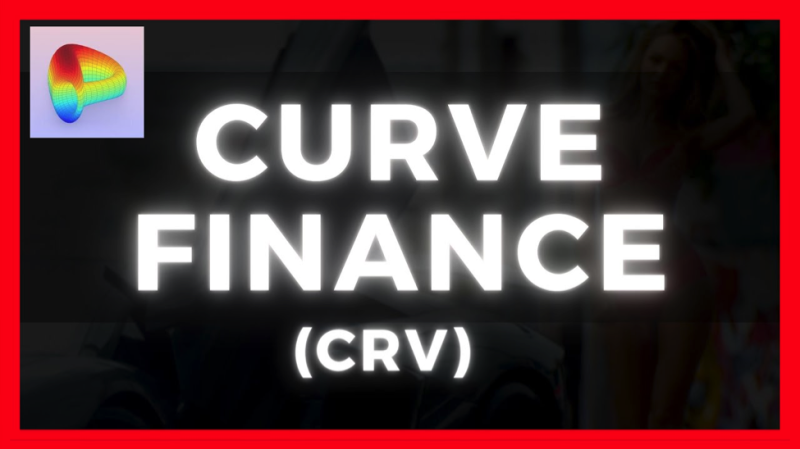
veCRV means vote-escrowed CRV, which refers to CRV that has already been incorporated into the protocol of Curve for certain period. The further you get CRV locked, your veCRV increases.
Take into account that owners of veCRV get money through exchange fees. Understanding the protocol of Curve might prove difficult due to its complexity. Curve's protocol can be difficult to understand. As a result, veCRV use is minimal, but it is rising as farmers of yield realize its prospects.
LPs are rewarded in CRV for liquidity pool awards and incentives according to the amount of their pool share. Since not all transaction fees are for liquidity providers, little fractions are gathered to acquire and scorch CRV, limiting the amount of CRV available.
The token of CRV is up for purchase or acquisition through the ranching of yield, which involves depositing securities into a pool of liquidity in exchange for tokens. You can receive CRV tokens in addition to interest rates and fees by sending DAI to an approved or designated Curve liquidity pool. Because you earn a fiscal ownership and asset of a DeFi system by yield farming the CRV token, becoming a Curve liquidity provider becomes more appealing.
Fresh information to the protocol of Curve can be proposed by anyone who has CRV tokens. Fees may be changed, fees may be redirected, fresh liquidity reserves may be created, or yield compensation may be adjusted. By freezing tokens of CRV, holders vote on proposals.
As a result, if the token of CRV is frozen for a long period, your voting power will be greater. Developers of Yearn created a vault, that permits you to put down veCRV for good and for a lasting right on Curve's yearly fee revenue.
Risks and Constraints of Curve Finance
It's worth noting that DeFi procedures and Curve Finance still maintains the trial stage and thus work in progress. Smart contract weaknesses, malevolent developers, and attacks put funds transferred through DeFi protocols and curve finance at risk.
With digital currency, there are always risks. Examine these dangers before committing to a new system or buying a coin. Always invest just what you can afford to let go of. The verification of Curve finance is not so efficient as there are failures waiting to engulf the protocol.
Stablecoin reserves are the foundation of Curve Finance, as the stablecoins is said to be backed by a fundamental asset. If a stablecoin's peg fails, leading to declining values, the pool's liquidity providers will only keep detached stablecoins. The Curve provides liquidity to Compound and yearn.finance among others.
Composability is a method that allows liquidity providers to earn larger profits. Nevertheless, there is a possibility of network breakdown as a result of the interplay. If an issue arises with Defi partner or the procedures, Curve Finance could be in harms way.
Bottom line
Since it prioritizes consistency and interoperability over assumption and volatility, Curve is among the well-known platforms on DeFi. However, the biggest reason for them to continue is the absence of DeFi procedure that is well linked to the whole DeFi bionetwork like Curve.
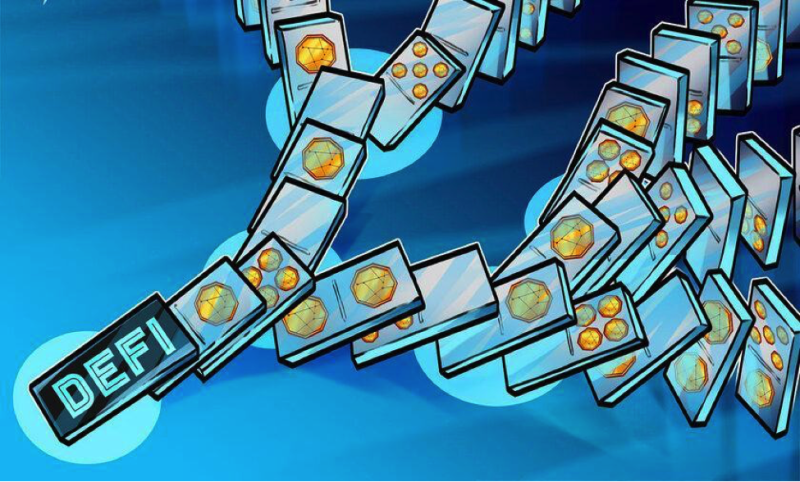
Money legos are DeFi applications centered on Ethereum and procedures that can relate with others natively. DeFi procedures and Curve, such as these money legos, link with one another to create financial systems where a whole is larger than the a part.
FAQs
What is curve finance?
The curve is a popular automatic market-making system that enables users to exchange cryptocurrencies simply and effectively by using a liquidity pool constituted with similar behaved assets.
Is curve finance a good investment?
The Curve's value has increased by 5 % since it was launched. CRVs are a very nice investment. The future earnings potential is 233.32%. The projected price in 2026 is $15.644.
What does Curve crypto do?
The Curve cryptocurrency platform allows users to make monetized fees by selling assets and buying and selling them at potentially lower prices.
How do I use curve finance?
Curve Finance is a cryptocurrency-based company. To utilize Curve Finance, you will have to create an Ethereum web wallet using MetaMask.


